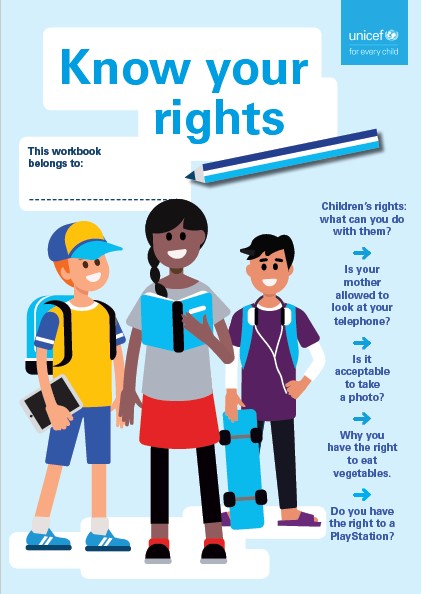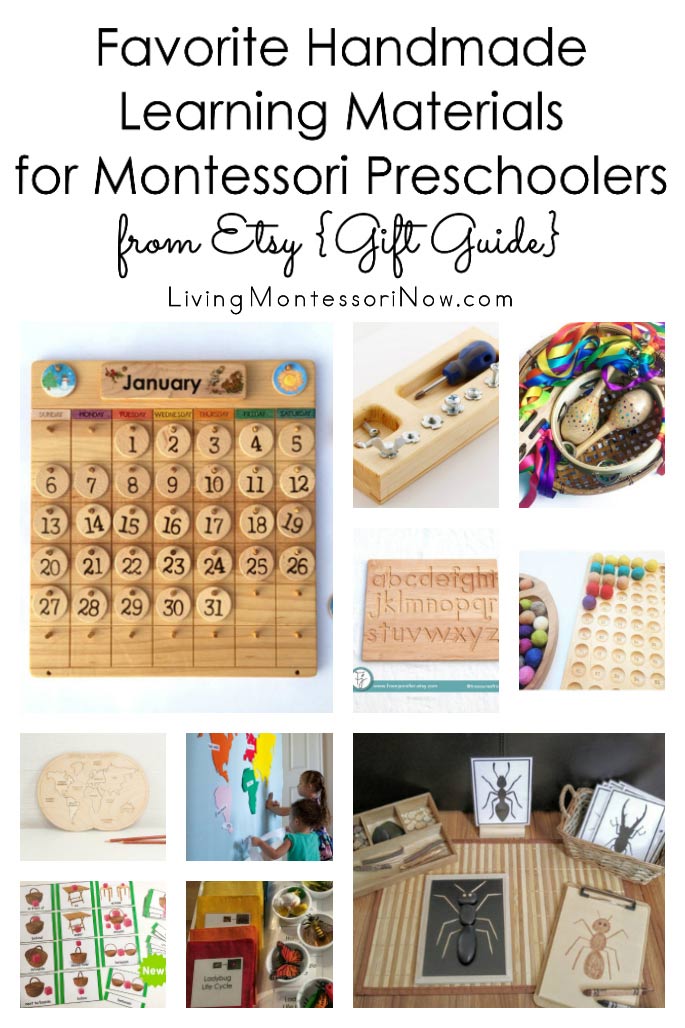Recommended Reasons For Deciding On Italian Nursery Teaching Didactics
Wiki Article
What Kinds Of Educational And Informational Materials Is Needed For The Primary And Kindergarten Classes?
Primary and kindergarten schools generally need a wide range of educational and informational resources to help support the development and learning of their pupils. Examples of the materials that may be necessary include: Curriculum materials- These are materials designed to help students achieve the learning goals of the school's curriculum. The materials could include lessons plans, textbooks, or workbooks.
Classroom supplies- Classroom supplies like pencils, paper as well as scissors, glue and other art supplies are necessary for children of all ages to complete their work and work.
Educational technology – In this digital world, educational technology such as tablets and computers can give students additional resources to enhance their learning.
Books- To encourage reading and language development Kindergartens and primary schools require a wide selection of books that are appropriate for children.
Manipulatives- Manipulatives such as puzzles, blocks, or games can help children develop their problem-solving abilities and spatial awareness.
Visual aids- Visual aids like posters, charts and maps can assist children to learn and remember crucial concepts.
Arts and Music Materials- Clay, paints, and instruments are great art and music materials for children. They promote imagination and self-expression.
Safety equipment is essential for students and staff's security. This includes a first aid kit, fire extinguishers or emergency procedure posters.
In general, primary and kindergarten schools require an array of educational resources and materials to ensure a secure and stimulating learning environment for children. Take a look at the best sostegno scuola primaria for site examples.

What Mathematics Teaching Materials Are Needed In Italian Nurseries?
Utilizing mathematics-based teaching tools to aid in the development of young children’s skills in problem-solving, spatial and numerical abilities can be extremely useful in Italian nurseries. Here are a few examples of materials for math instruction: Training of caregivers and teachers. Both caregivers and teachers have to be taught how to integrate mathematical concepts into everyday activities.
Curriculum and lesson plan: The well-designed lesson plans and curriculum that include mathematical concepts will help to ensure that children are given a variety of experiences with mathematical concepts and capabilities.
Visual aids and manipulatives: Visual aids like posters, charts and beads can aid children in grasping mathematical concepts visually and hands-on.
Technology-based aids: Tablets and other technology-based aids like tablets with educational math games and apps can be a great way to engage youngsters and offer additional resources to help them learn.
Assessment tools: Assessment tools assist caregivers and teachers monitor the children's progress and determine areas where more support might be required.
Parents can participate in math learning: Participation of parents in math education can strengthen concepts learned in nursery, and can encourage family participation in their learning.
It is vital that the materials employed to help with mathematics education are age-appropriate. Teachers and caregivers can to use these materials in order to create exciting, interactive math games which encourage curiosity and love of learning among children. Read the top rated schede didattiche inglese sostegno for more examples.

What History Educational Cards Are Recommended For Italian Nursery Schools?
History didactic cards can be an effective tool to introduce youngsters in Italian nurseries to the basics of historical concepts. Certain historical educational cards could be helpful cards for famous people: These cards will help children learn more about famous historical figures like artists, scientists, explorers and politicians. These cards can include illustrations and information about the individual's career and life.
Timeline cards. Timeline charts are a great way to teach children the order of events, and how they are related. They can be illustrated using key dates and events.
Cultural cards: Cultural cards teach children about different customs and cultures of the past and the present. The cards may include images of traditional food and clothing and songs, customs, and other aspects of culture.
Artifact cards: Artifact cards aid children in understanding the history of events and how they affect living. The cards could feature artwork from different historical periods and different cultures.
Map cards are a fantastic way to help children learn about the history and geography of various regions and countries. Map cards are usually illustrated with maps, and they can give information about historical or other people and events from various regions.
Choose history didactic cards for kids that are interactive, engaging and appropriate for children of all ages. Teachers and caregivers can make use of these cards to develop exciting and interactive activities in the field of history that encourage children's curiosity as well as enthusiasm for learning about the past and different cultures. View the recommended materiale didattico storia sostegno for blog recommendations.

What Kind Of Geography Books Should Be Used In Italian Kindergartens?
Italian nurseries employ geography-related resources to help children understand various cultures, environment and nations. Here are a few examples of geography teaching materials that may be necessary Maps: Maps help children understand the geography of different nations and regions, as well as the location of different landmarks and natural features.
Globes. Globes will help your child visualize the earth's surface. They will also be able to learn more about the continents.
Pictures and videos Images and videos of different places around the globe can help children appreciate the cultural differences and develop a sense of appreciation for them.
Books: Age appropriate books with a variety of cultures and places will aid in fostering children's curiosity about the world of geography.
Natural materials, like plants, shells and stones, can be used to educate children about various ecosystems and their environments.
Field trips. Field trips are an ideal way to provide your children with real-life experiences, as well as a chance to teach them about geography.
It is essential to choose geography materials that are appropriate for children's age and culture. These materials will help teachers and parents design interesting and engaging geography activities for children, which will stimulate their curiosity and interest in exploring the world.
